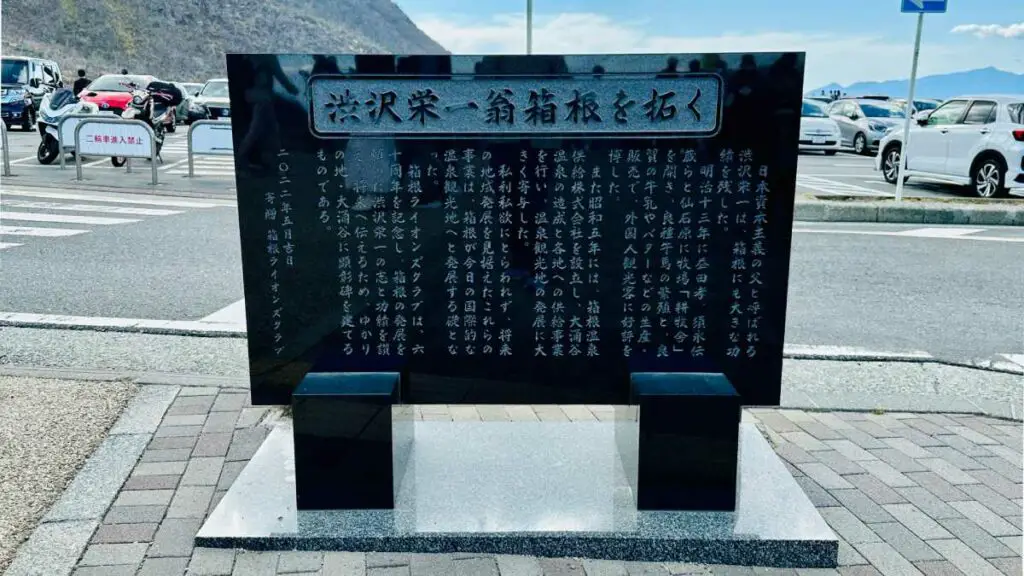
© Ana Costa
If you’re thinking about learning Japanese or if you are just curious about Japanese culture, you probably already asked yourself this question about the Japanese language. Other than the rather complex characters that make this exotic language, the next thing that we notice is the direction of writing. And this is kind of confusing when you look at it for the first time. To make things even more complicated, you don’t write Japanese in the same direction every single time, and the direction of writing has even changed during Japanese history. So in what direction do you write the Japanese language?
The Japanese language can be written using the traditional way, vertically from top to bottom and the lines go from right to left, or it can be written using the modern way, horizontally from left to right, just like the English language or other European languages.
Does this mean that you can write Japanese in the direction you like? No, that would be too simple. The Japanese like rules, and there’s a rule for everything in the Japanese culture, even for the different directions of writing the language. In the next paragraphs, I’ll tell you when you can write Japanese vertically and horizontally, and, spoiler alert, when you can use both. And if you read until the end, I will tell you about an exception that you might come across in some particular circumstances.
When is Japanese Written Top to Bottom?

© Ana Costa
The first thing you should know is that the traditional vertical writing is called tategaki (縦書き), which means literally that (tate 縦 means vertical and gaki 書き means writing). And this is actually the original way of writing Japanese.
When you look back centuries ago, the ancient oriental scrolls that have survived until the present days are opened sideways because the writing is vertical. It wouldn’t make any sense to open sideways if the writing was horizontal. That’s the case of medieval scrolls using Western languages that are written horizontally and therefore open vertically.
As a general rule of thumb, traditional vertical writing is used for something that is considered truly Japanese or traditional. Some common examples are for instance:
- Novels or other humanistic writings
- School textbooks about the Japanese language
- Music notation regarding traditional Japanese songs and instruments
- Envelope address
- Traditional calligraphy
The books that use vertical writing aren’t read like the books you are probably used to. The book’s spine is on the right side and the book it’s read starting from the back. You turn pages from left to right.
Hey, check out these recommendations I have for you!
Before going any further, take a look at some of the recommendations I've handpicked for you. I think these are essential items you should have on your trip to Japan. You can check them out and buy them directly from Amazon.
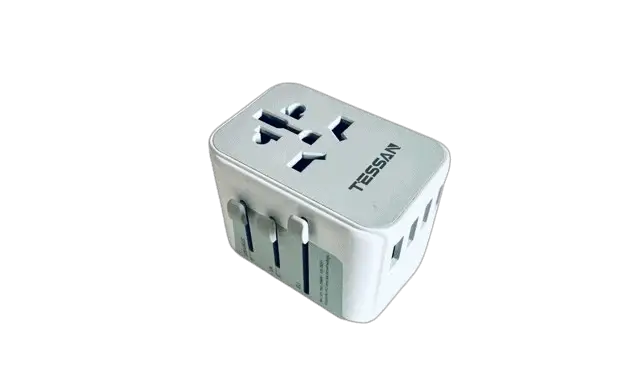
|

|
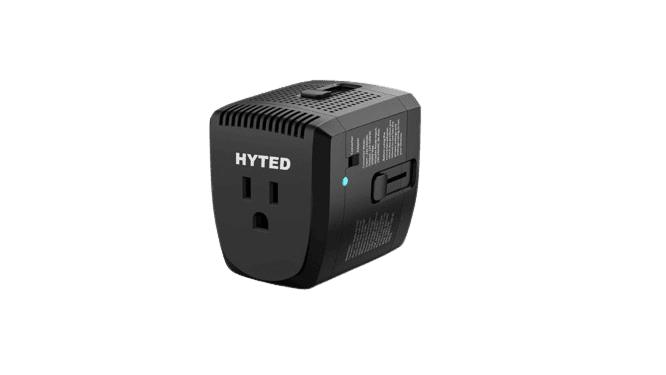
|
| A universal travel adapter | A 10,000 mAh power bank | A travel adapter and converter |
Japan’s waiting for you! Get your quick guide for the best trip.
Grab It Now
You may also like:
What Does Sakura Really Mean in Japanese?
What is The True Meaning of Japan’s Flag?
The Real Reason Why Japanese Don’t Wear Shoes Inside
When is Japanese Written Left to Right?
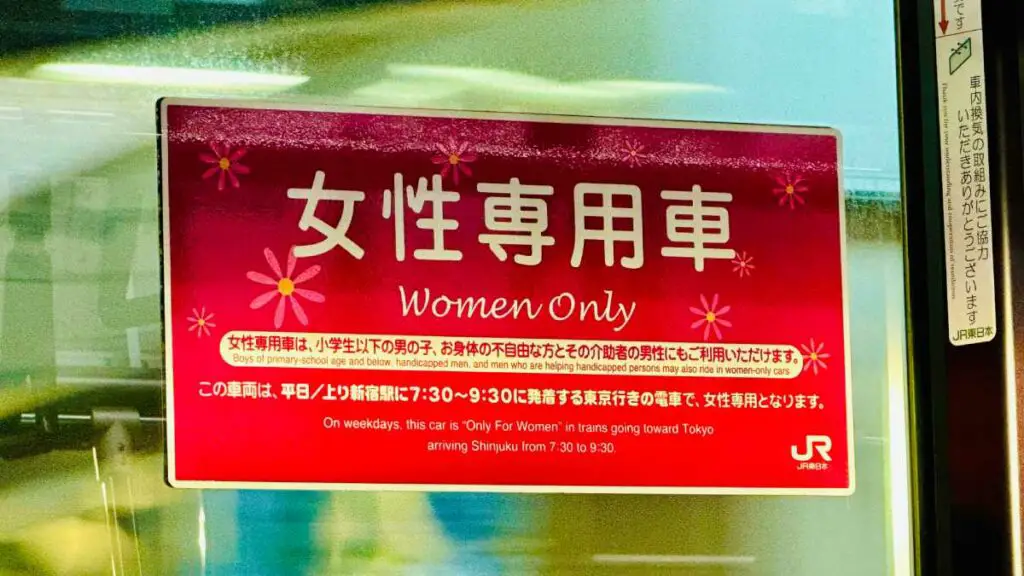
© Ana Costa
If vertical writing is the traditional way of writing Japanese, then the horizontal way is considered to be the modern way of writing. It was actually the contact with the Western world that originated this way of writing. Like many other changes in the Japanese culture, horizontal text was introduced to the Japanese during the Meiji era (1868–1912) when the Japanese stopped being an isolated feudal society to become an industrialized nation with the influence of the Western world. With the rising influence of the Western world and the use of Western materials, writing vertically has inevitably become less convenient.
The horizontal writing is called yokogaki (横書き), which means literally that (yoko 横 means horizontal and gaki 書き means writing).
Just like vertical writing, horizontal writing is used in specific situations. Some common examples of where you should use horizontal writing or yokogaki are:
- Contemporary or business documents
- Scientific texts
- Mathematical texts
- Foreign language-related writings
- School textbooks (except those about the Japanese language)
- Most programs and software
Reading Japanese books that use horizontal writing will certainly feel more natural to most of you because the book’s spine is on the left side, and you turn the pages from right to left, just like you would read a standard book in English.
When do You Use Both?
Since all in Japan has to be different from the rest of the world, these two types of writing can also be used at the same time in some cases. This concerns situations where the space has to be efficiently used, like you will see in Japanese newspapers or magazines, for example. Both writing orientations are combined to optimize the space available and to designate distinct text elements. You will usually see horizontal text for headings or captions and vertical text for the main text.
An extreme example of space optimization in Japan is the Tokyo metro station map, where you can see text written vertically and horizontally to maximize the space to fit in all the information. See the picture below for a better idea of what space optimization means in Japan.
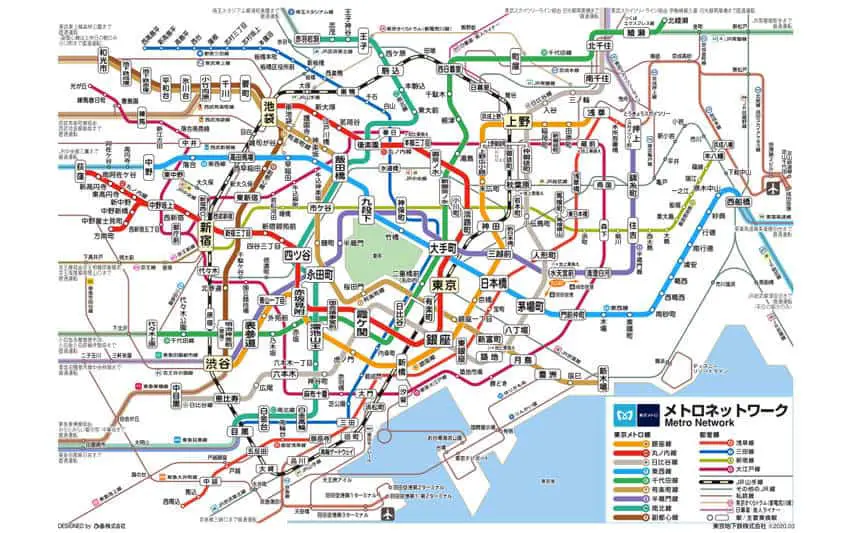
Another common example where the Japanese combine both writing orientations is on their precious business cards. If you get the chance to exchange your business card with a Japanese, you will probably notice that his or her card will be written vertically in Japanese on one side, but written horizontally in English on the other side.
The last example I want to talk to you about has to do with postcards and letters. This one is not focused on optimizing the space, but it concerns different levels of politeness. If you already studied a little about Japanese culture, you probably know that the Japanese are extremely polite and their language structure focuses precisely on this aspect. This is why the use of vertical or horizontal text is so important in postcards and letters. Vertical writing is more formal, so if a postcard or letter is destined for a person older than you or your superior, it is more likely to be vertical.
Japan’s waiting for you! Get your quick guide for the best trip.
Grab It Now
To sum up, you will probably see horizontal and vertical writings combined in:
- Newspapers and magazines
- Complex metro maps
- Business cards
- Postcards and letters
An Exception From The Past
Well, now that you know when to use vertical text, horizontal text, or both at the same time, let’s take a look at a little exception that you might come across in Japan. Yes, I know that you are probably thinking that this story of text direction was already complicated enough, so why on earth would they add an exception? I agree with you, but let’s face it, if it wasn’t complicated, it wouldn’t be Japanese, and it wouldn’t fascinate us as it does.
So what can they add to the vertical-right-left and the horizontal-left-right?
Well, the horizontal text right to left! 🙂
This type of writing comes from the traditional vertical right to left, and the main reason for its use was the lack of space. It was mostly used before WWII and the Western influence under images or old signs where it wasn’t possible to write vertically. It was also used for official documents like banknotes.
Obviously, this type of writing hasn’t survived the Western influence, and modern horizontal writing left to right won the battle. But still, you can come across some old-fashioned signboards with this exception from the past.

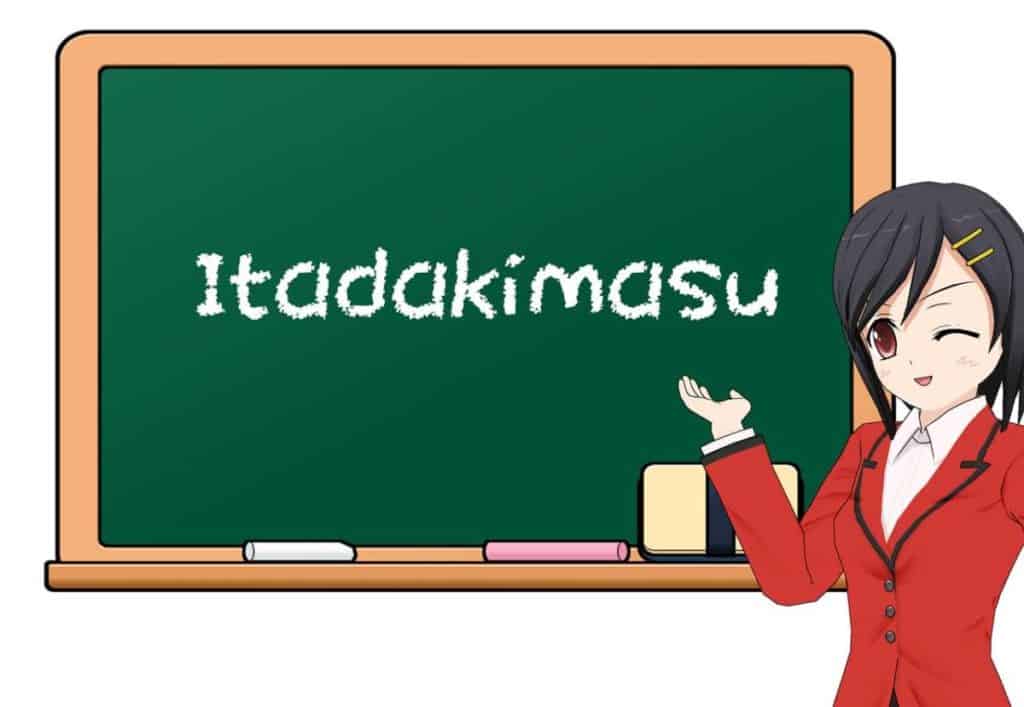
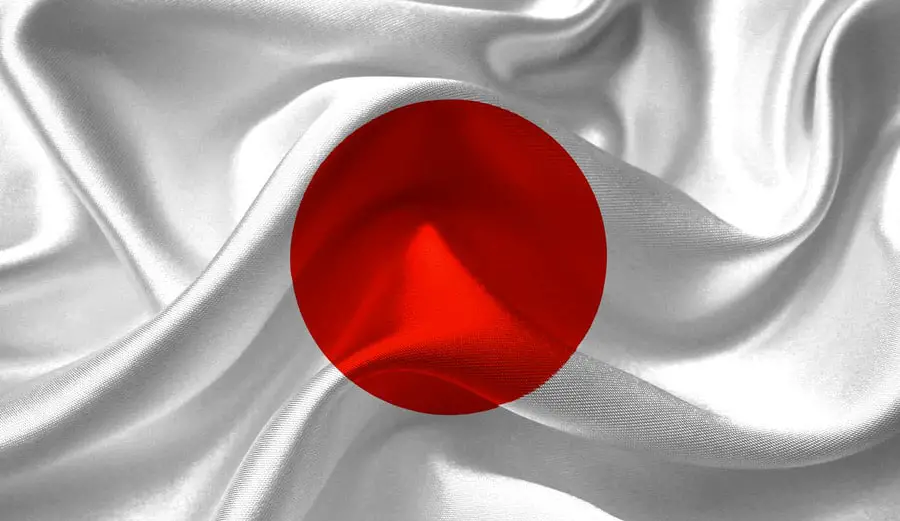
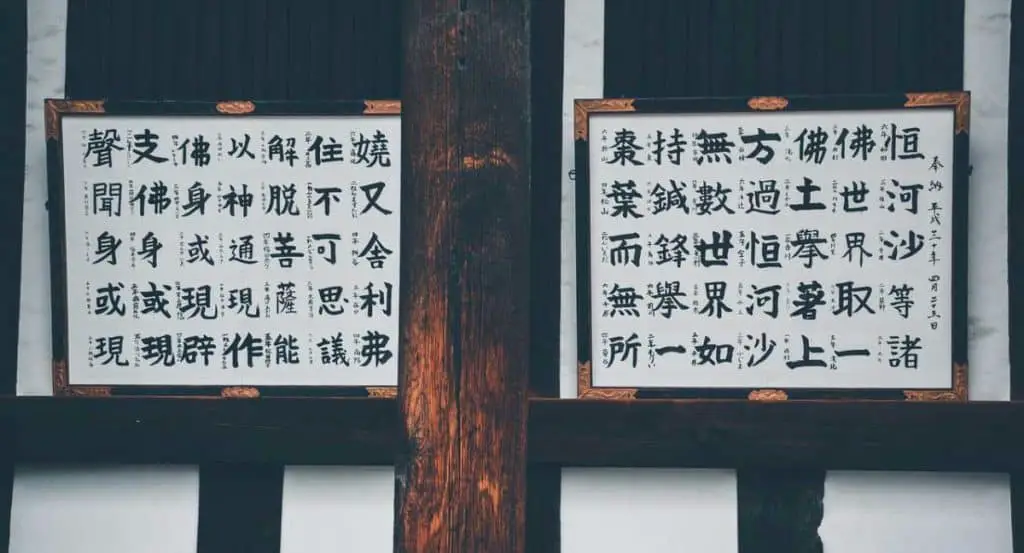
Your explanation was excellent and very helpful to me. I have studied the traditional arts of Karate, Aikido, Judo, and jujitsu for many years in America. None of my teachers had the extra time to explain how the writing was done. Over the years I have seen writing on my certification documents, without any English translations or understanding of what was actually written.
I am attempting to paint a very brief representation of the kanji for “harmony, wind, and water” on our patio fence. We have constructed a very small and simple Japanese garden.
Hi Marty,
Thank you so much for your kind feedback. I’m glad this article was useful to you.
Ana